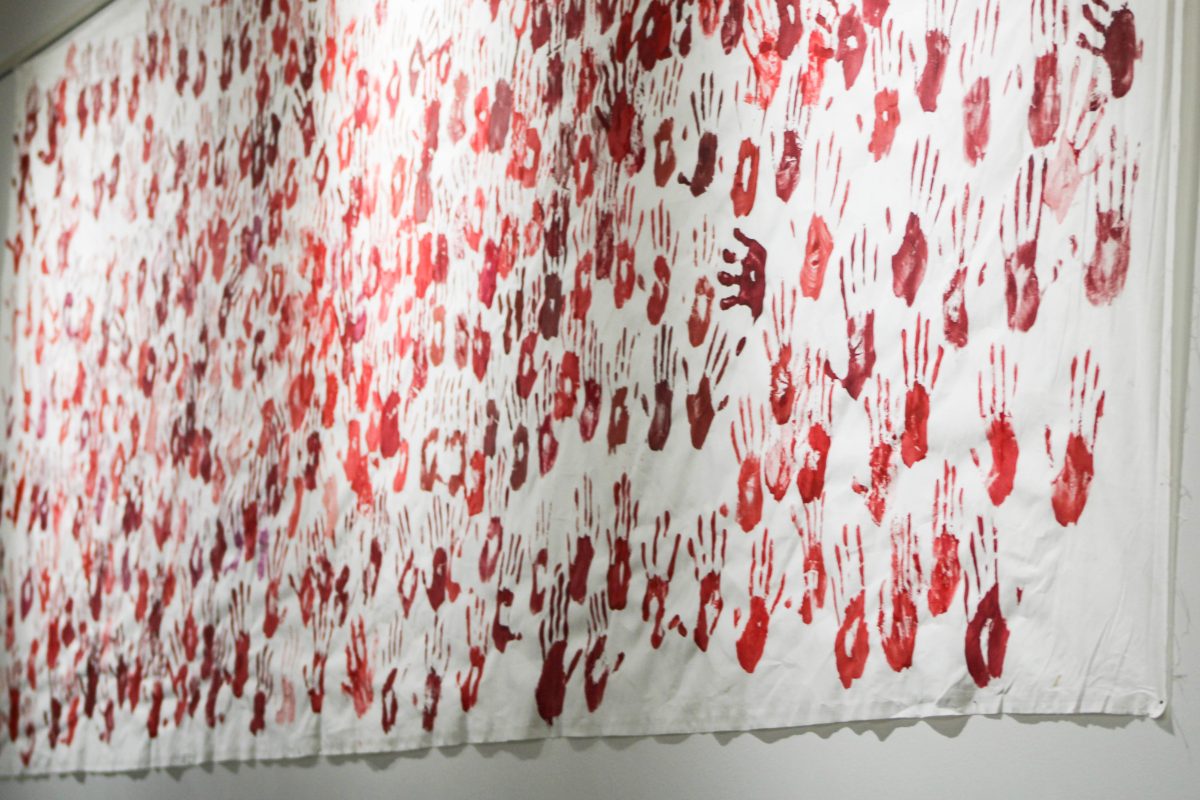Many years ago, a Russian soldier was in the midst of battle when his tobacco pipe broke. He dumped the pellet and powder from his charge and filled his tissue with tobacco, effectively lighting up the world’s first cigarette.

At The Hurst Center for Lifelong Learning on March 9, Tricia Starks, a professor of Russia, public health and gender at the University of Arkansas, spoke to a room of WSU students, alumni and staff about the connections between tobacco advertising and Imperial Russia.
“The Russian tale of the soldier is not true,” Starks said.
This is apparent today in modern cigarette branding, such as the famous image of the Zouave on Zig-Zag rolling papers. While cigarettes were around, smoked and used, they were not popularly adopted until the Russian Imperialism era.
“There was mass tobacco use during the late 19th and early 20th centuries in Russia,” said Starks, the author of “Smoking Under the Tsars: a History of Tobacco in Imperial Russia.”
Russians smoked a harsher, early version of cigarette tobacco. Starks said these versions had roughly double the addictive qualities of today’s tobacco.
According to Starks, “Russians started smoking cigarettes before quite a lot of other countries.”
While the cigarette was around, tobacco pipes were a mainstay of that era, and cigarettes began being adopted in the late 1700s in Russian military culture.
During the time of imperialism and expansion in Russia, the cigarette became the embodiment of both Russian national pride and the Zouave.
“The Zouave,” said Starks, “is the beginning of the myth of cigarettes being soldiers’ friends.”
The cigarette became a symbol of what it meant to be Russian. Cigarettes were preferred by military men because of their portability, especially after they returned from the Crimean War. These returning soldiers spread this new trendy tobacco addiction across Europe and other Eastern nations.
By 1879, 55% of the Russian Military Academy were smokers. Although the Zouave was the enemy of Russian Imperialism, cigarette advertising campaigns were able to utilize the sense of glory, masculinity, bravery and — not much later — femininity and sensuality.
This enticed Russian citizens to begin smoking, and military men across many countries became walking billboards for the Imperial Russian cigarette agenda.
This led it to become a cultural product of the Russian Empire. According to Starks, “Tobacco became a part of the Russian Imperial national ideal; brands named themselves after military generals of the time.”
By 1922, 83% of Russian tobacco production went to cigarettes; by contrast, in the USA, it was not until after 1950 that tobacco production reached 50% for cigarettes alone.
“I visited Georgia for 10 days,” said Elliot Morris, a WSU student. “I did not notice an abnormal amount of smoking; it seemed normal for a foreign country.”
After the lecture, Morris was happy with the turnout. “Especially with such a niche topic,” Morris said.
Morris appreciated that Starks showed how deeply entrenched advertising can be to any society. It has the capability to shape cultural ideals.
Currently, roughly 60% of Russian men still smoke. According to Starks, “Now cigarettes in Russian advertising campaigns are targeting younger women.”
“The effects of smoking, both consumption and manufacturing, are not isolated to just one country or region.” Kevin Nelson said. He and his wife Elizabeth both regularly attend the lectures at WSU’s Hurst Center.




















